
Apple’s transformation to one of the most valuable companies in the world is a long, fascinating journey, made possible by its founder’s technological vision and formidable branding instincts. With one mention of Apple today, thoughts of premium products, status symbols and seamless user experiences are running through your head.
And that’s the power of a strong brand. Consumers know what Apple stands for because everything from the unboxing experience to the iPhone interface to the sleek storefronts embodies the value of Apple.
The associations Apple elicits amongst consumers show us just how important it is to invest in creating your own authentic brand. If you’re embarking on a branding project, here are our top tips to get you started.
What is a brand?
A brand is so much more than a name. It is a representation of everything your product or service offers, the space you occupy in consumers’ minds and how you’re distinguished from competitors in the market.
Your brand consists of multiple elements, including a logo, positioning, mission and vision, promise, messaging, personality, tagline, and visual expressions like colors and images.
Why is having a unique brand important?
Odds are you aren’t the only game in town offering your products or services. So you need to stand out and give consumers a reason to pick your brand over competitors.
Establishing a professional brand attracts customers, highlights the value of what you offer, gives your company credibility, enables customers to recognize your products and services, and ultimately builds brand loyalty.

Identify your audience
Understanding who the target is for your products or services is key for shaping a brand that will resonate with them. For example, if you’re creating a luxury brand, aim for a refined design aesthetic and a polished, high-end look and feel; while a brand targeting teens could be edgy, loud and modern.
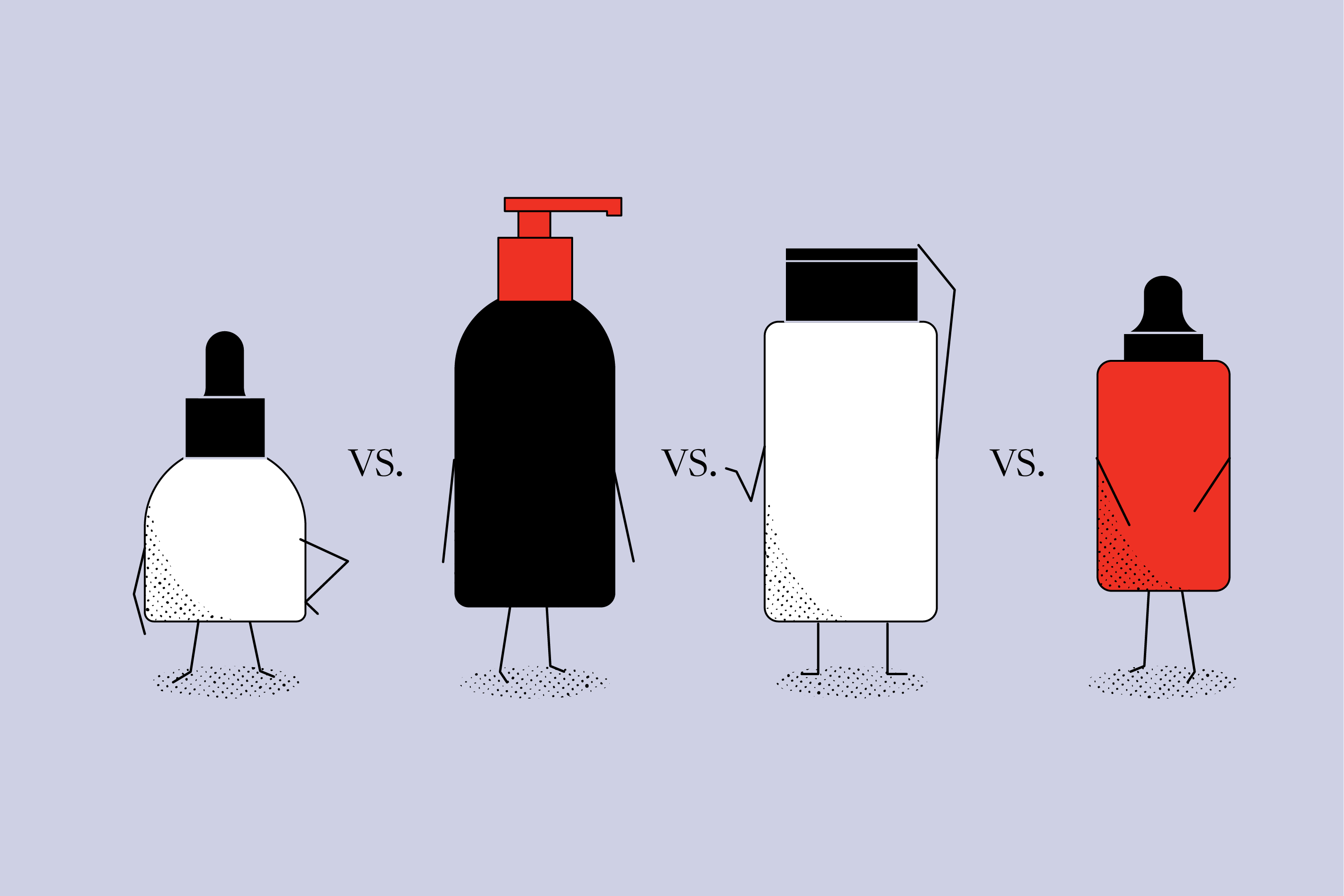
Perform a competitor audit
Your brand needs to be unique and ownable. That’s means differentiating yourself from similar products and services in your industry.
To compile a report of the landscape, research should be conducted on your competitors. This information can include:
- What colors do they use?
- What is their logo?
- What is their tagline?
- What is their positioning?
- What is their competitive differentiator?
- What is their personality and tone?
- What is their mascot or spokes-character?
Through this exercise, you can determine which areas are worth exploring and which you should avoid since they are already taken.

Establish your mission and vision
Every organization needs a mission and vision to guide their direction and provide clarity to employees and stakeholders. Your mission statement should capture your business objectives today, such as what you do, who you serve and how.
IKEA’s mission statement clearly explains what the company is, who it sells to and why: To offer a wide range of well-designed, functional home furnishing products at prices so low that as many people as possible will be able to afford them.
Your vision should be a forward-looking, inspiring statement of what you want to achieve in the future. For IKEA, its vision is an expression of the impact it aspires to have: To create a better everyday life for many people.
You should determine your organization’s mission and vision prior to fleshing out your brand.

Define your brand’s purpose
Every brand exists for a reason. For Amazon, it’s to be Earth’s most customer-centric company, where customers can find and discover anything they might want to buy online. At Uber, it’s to bring transportation as reliable as running water everywhere for everyone.
To determine your brand’s purpose, ask yourself these questions:
- Why did you start the business?
- What change do you want to make in the world?
- What change do your customers want to see?
- What are your unique strengths?
- What do you want to be known for?
Answering these questions can help you craft your purpose so you can articulate to customers WHY you want to serve them.
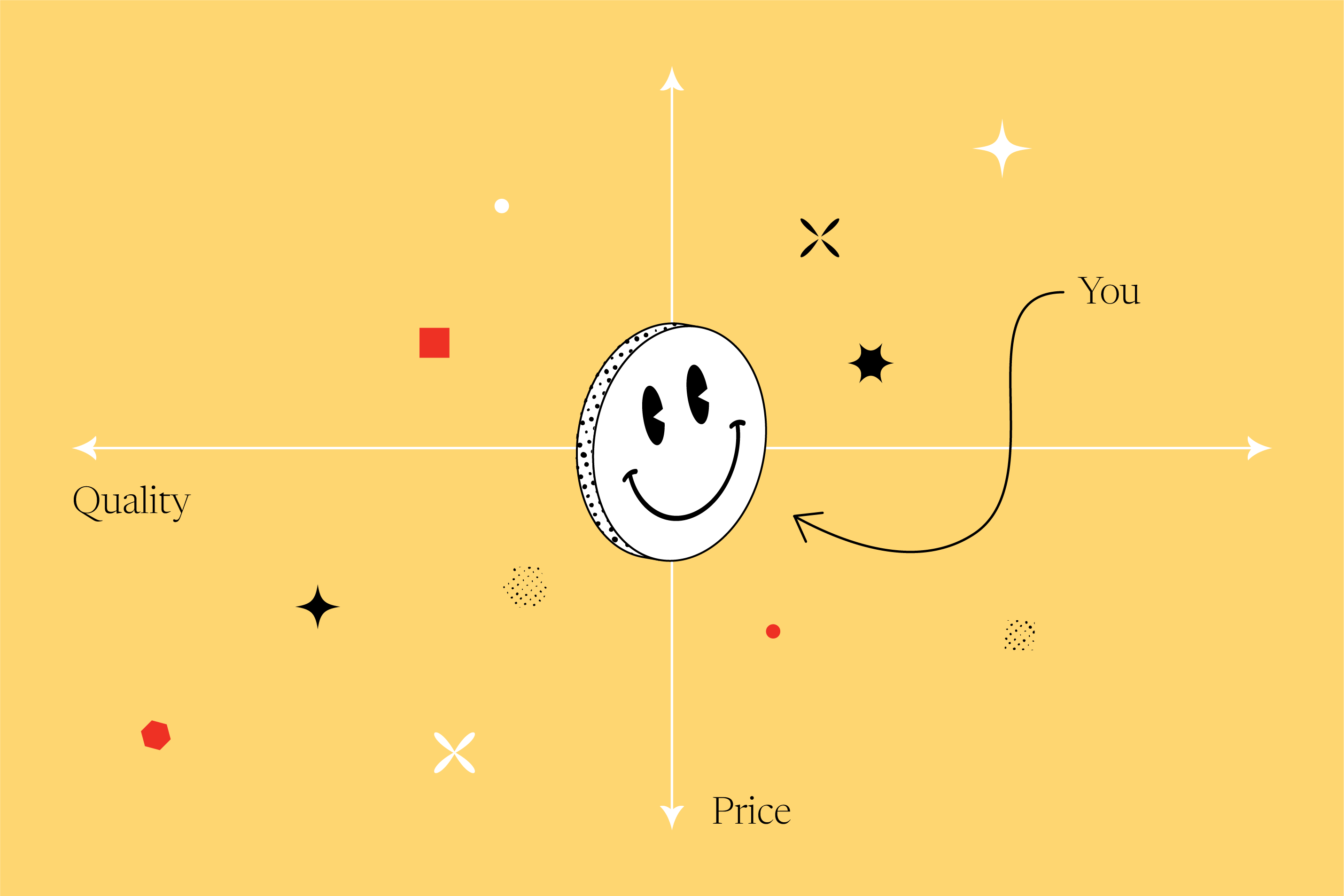
Establish your brand positioning
Brand positioning is the place your brand occupies in the minds of the customers and how it is distinguished from competing products. There are many tools to help you map out where your brand belongs.
Filling in a brand positioning statement can help you clearly define your niche. Here’s an example:
For (target customer)
Who (job to be done)
[Our brand]
Is the (competitive set)
That (key benefit)
Unlike (primary competitor)
[Our brand]
Delivers (points of difference)
Competitive landscape graphs allow you to plot your brand against competitors based on the attributes that are most important to consumers. Attributes for the X and Y-axis can be price, quality, sustainability, accessibility, etc.
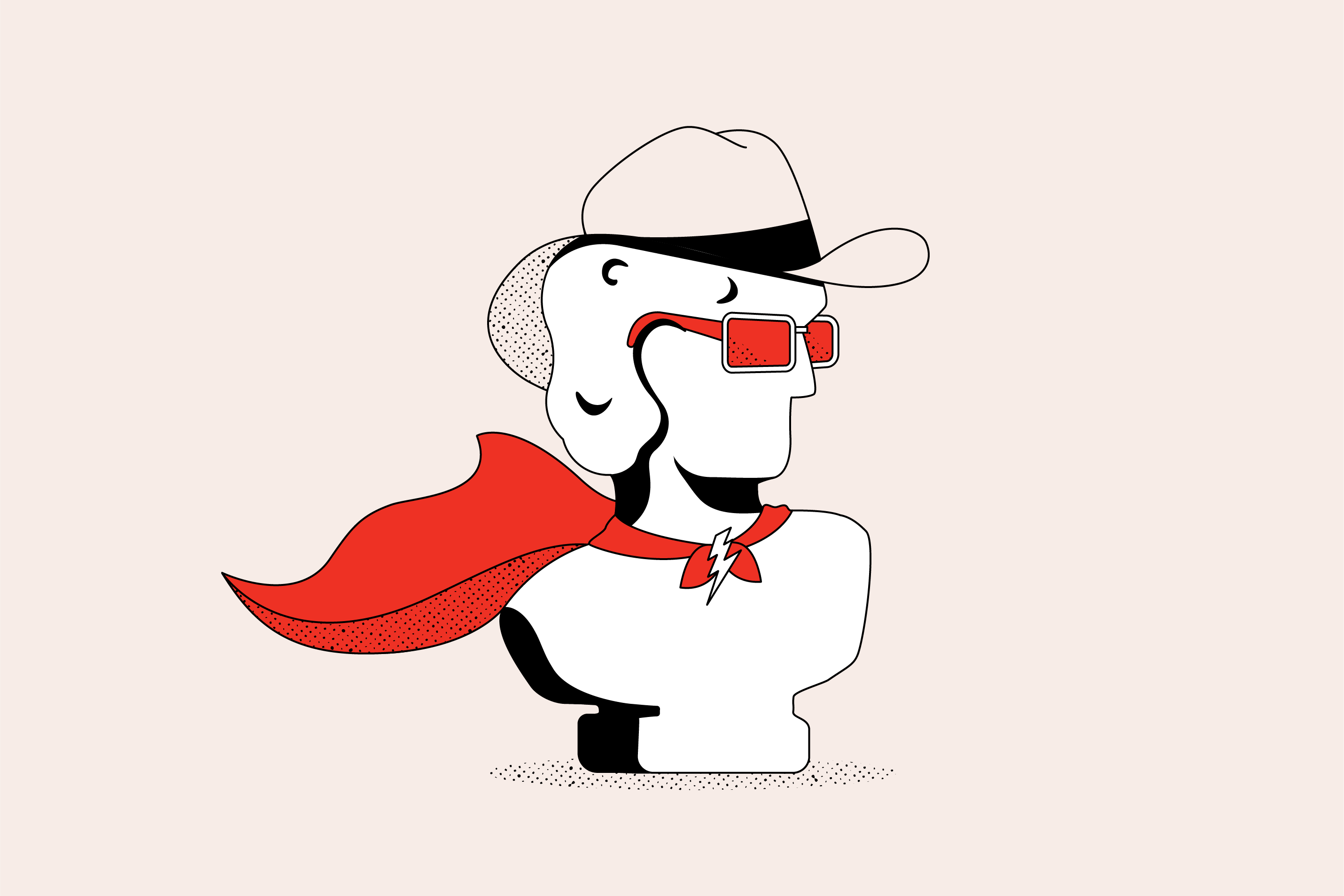
Develop a personality
Just like people, brands take on human characteristics that give them a personality. These can be emotional, intellectual or behavioral attributes like sincerity, excitement, competence, sophistication or ruggedness. Red Bull is a great example of an exciting brand personality — it embodies being daring, imaginative and spirited. Jeep comes across as rugged, with its outdoorsy, tough, masculine appeal.
Your brand voice and tone help to convey your personality. The difference between voice and tone is the former is the words and language you communicate with. The latter is how you speak and your attitude. Tone can vary for your audience or medium, such as using a more causal tone on social media, or a more professional tone for a corporate announcement.
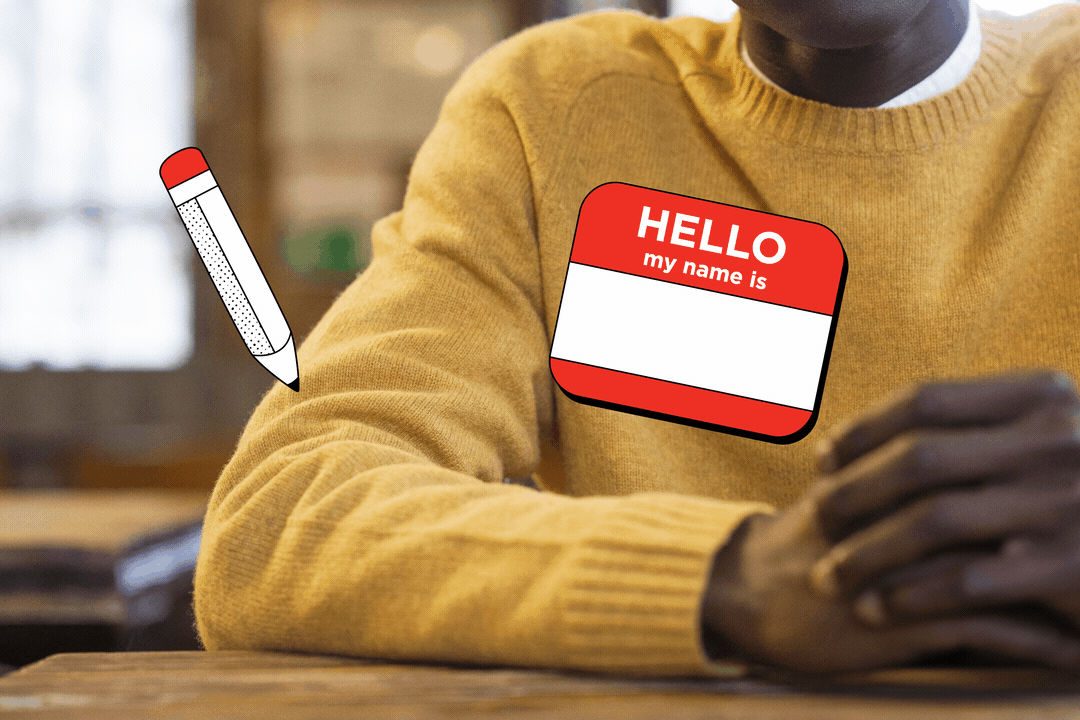
Select a brand name
If you don’t already have a brand name, there are different approaches for choosing one. During a brainstorm, explore different types of names like:
- Descriptive: Whole Foods, PayPal, General Electric
- Founder names: Harley Davidson, Ferrari, Dyson
- Acronyms: KFC, NASA, BMW
- Evocative: Nike, Amazon, Häagen-Dazs
- Lexical: Dunkin’ Donuts, Lyft, Play-Doh
- Geographical: Patagonia, American Airlines, Outback Steakhouse
- Compound: YouTube, FedEx, Netflix
- Alphanumeric: 3M, 24 Hour Fitness, Six Flags
Often, it is advisable to stay away from buzzwords or the trends du jour to ensure your brand has longevity. Always check into the availability of a name from both a trademark perspective and URL availability before proceeding with your brand development.
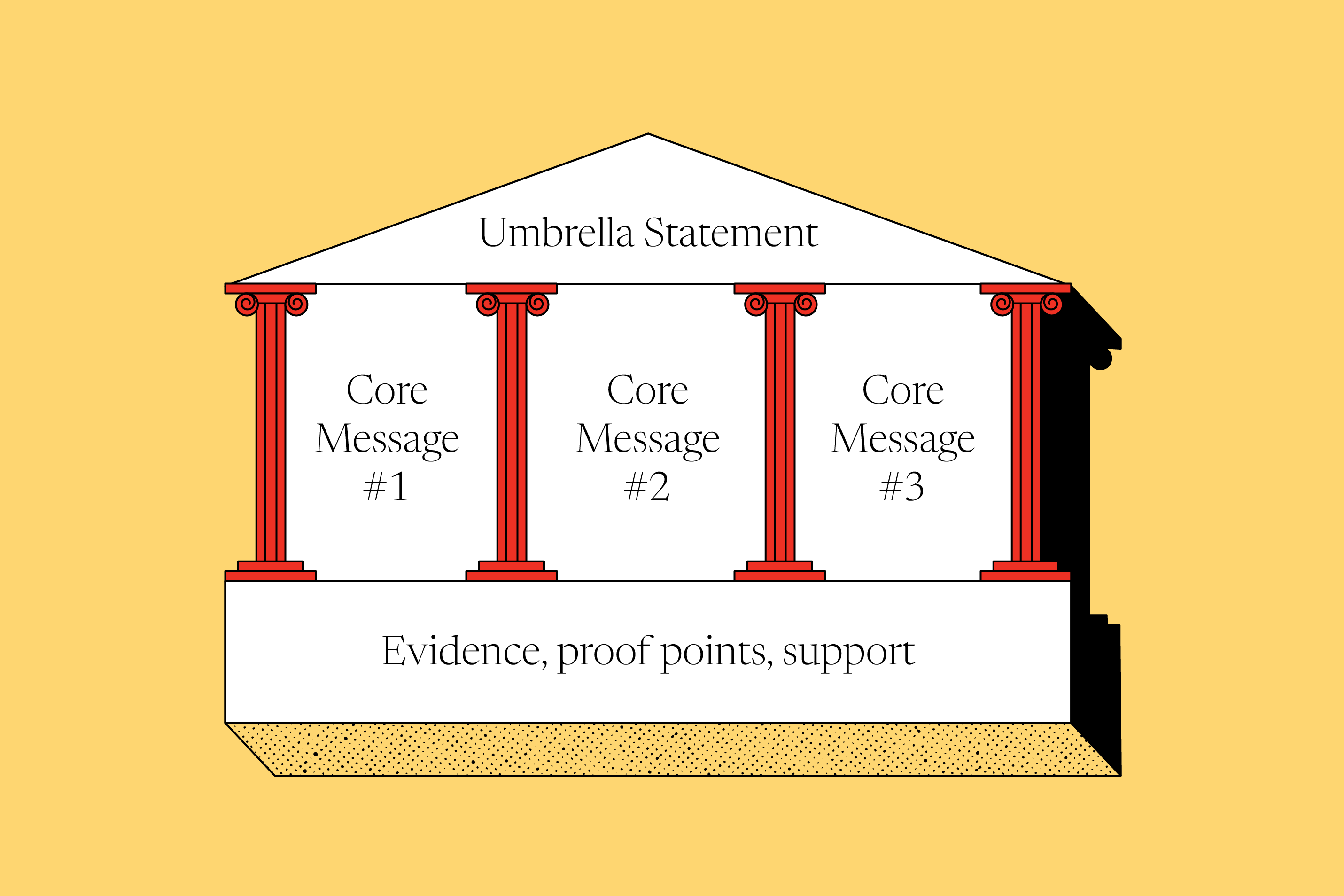
Create your brand messaging
For consistency, it’s helpful to draft brand messaging that can be woven into all your communications. It should highlight the brand’s overarching message as well as three to five other core messages. Each of the core messages should include proof points that validate the claim being made. A framework for a brand message house is below.
During the messaging phase, you can also work on developing a tagline. Your tagline should be a brief and memorable phrase that relays your brand’s value. Like with naming, there are several approaches to types of taglines.
- Imperative: Directs a specific action relevant to the brand’s mission, impact or product.
- Nike: Just Do It
- Descriptive: A straightforward and succinct description of your brand’s product, service or promise.
- Dollar Shave Club: Shave Time, Shave Money
- Superlative: Positioning your brand as the best in the industry.
- Disneyland: The Happiest Place on Earth
- Provocative: A statement or question that provokes thought.
- U.S. Army: Be All You Can Be
- Specific: A direct or subtle reveal of the brand’s product or business category, often in a clever or memorable way.
- De Beers: A diamond is forever
In addition to a tagline, you can also create a true line. The true line is an ownable statement for the brand or a high-level description of what the brand does. This can be more fluid and change for different campaigns or seasons, while the tagline should be something you rally around longer term.
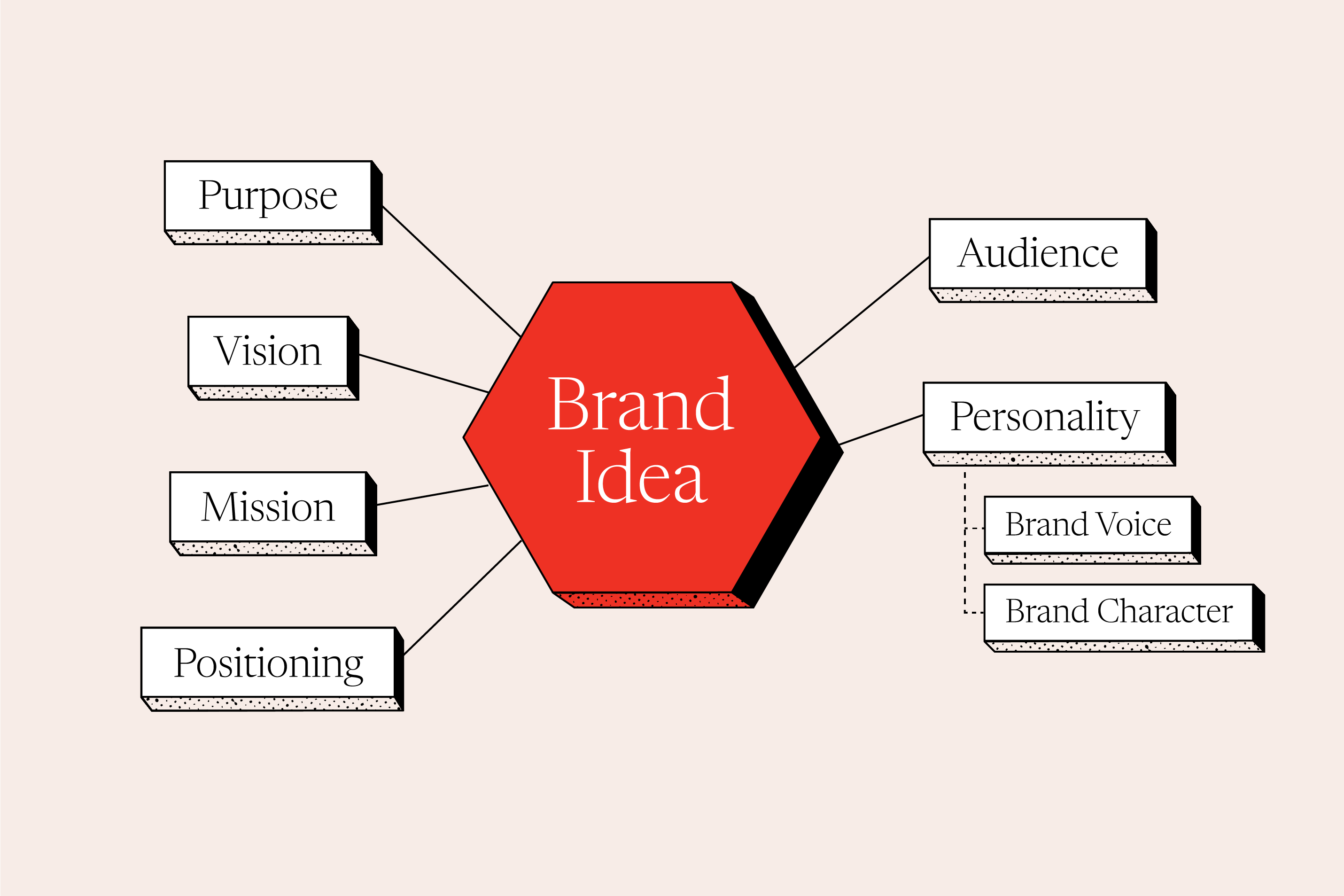
Pull everything together in a brand map
The brand map is the single source of truth for the positioning of your brand. It can be created through an iterative process as you think strategically and creatively about your brand, or compiled at the end to be a handy resource that summarizes all your high-level marketing tools.
For clarity, be sure to include your defined audience(s), product portfolio and/or service areas. With all of your brand elements fleshed out, you can then determine your big brand idea or brand platform. This can either be consumer facing or used only for internal purposes, but will underpin everything the brand does.
Use the brand map to guide all communications and serve as the foundation for your brand guidelines.

Design your brand’s look and feel
Once you have completed your competitor research and the brand messaging, you can begin to explore the visual expression of the brand. This includes colors, shapes, patterns, iconography, photography or illustration styles, and fonts.
During this stage, you can also design a custom logo. When creating a logo, think about how and where it will be used. Simplicity is often most desirable in a logo so it can be used in different sizes, from tiny social media tiles to large roadside billboards. Consider how it will look in color, in black and white, and against different backgrounds.
All of these elements should be documented in brand guidelines that internal teams, agencies and vendors can reference to ensure consistent application of the brand. Along with messaging, the guidelines should explicitly show the proper usage of logos, including clear space, minimum size, logo color variations, logo lockups with sub-brands and any other rules. Include your color palette and any gradients that are a part of your brand.
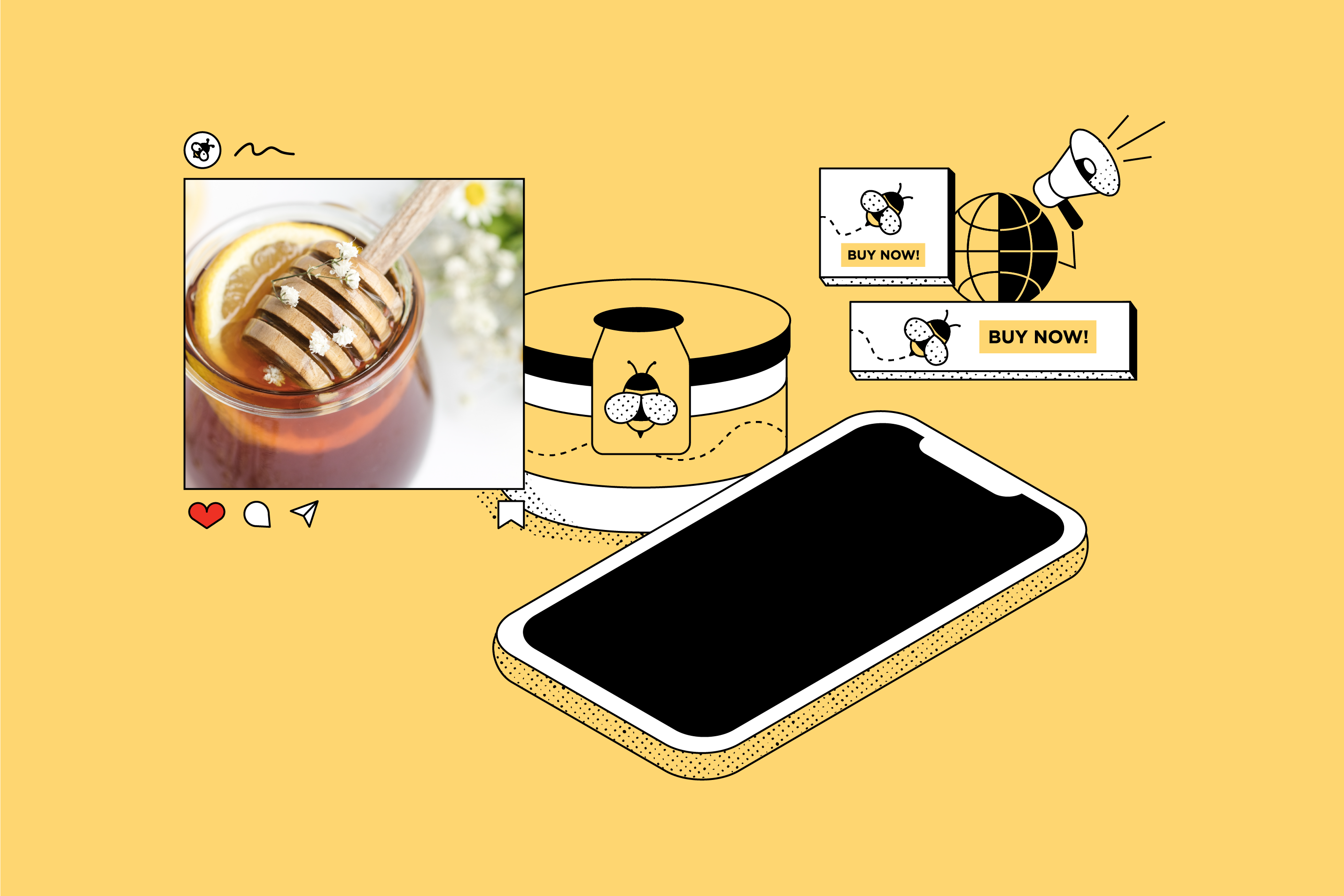
Implement your brand
Your brand is an expression of your values, products, services and people. Every touchpoint customers have with you should bear that brand consistently.
Your logo, font and colors can be used on everything from business cards, signage and employee uniforms to packaging, advertising and your website. If you’re updating an existing brand, be sure to keep your customers in the loop about changes by teasing a sneak peak, hosting a virtual unveiling, putting out a press release, or sharing updates on your website and social handles.
If you already have a brand and are implementing a refresh, start with your most publicly facing assets, like your website and advertising. Anything digital is quick and easy to update, like social media profiles and email signatures, while physical items like letterhead and swag are things you may want to use up before ordering more with the new branding.
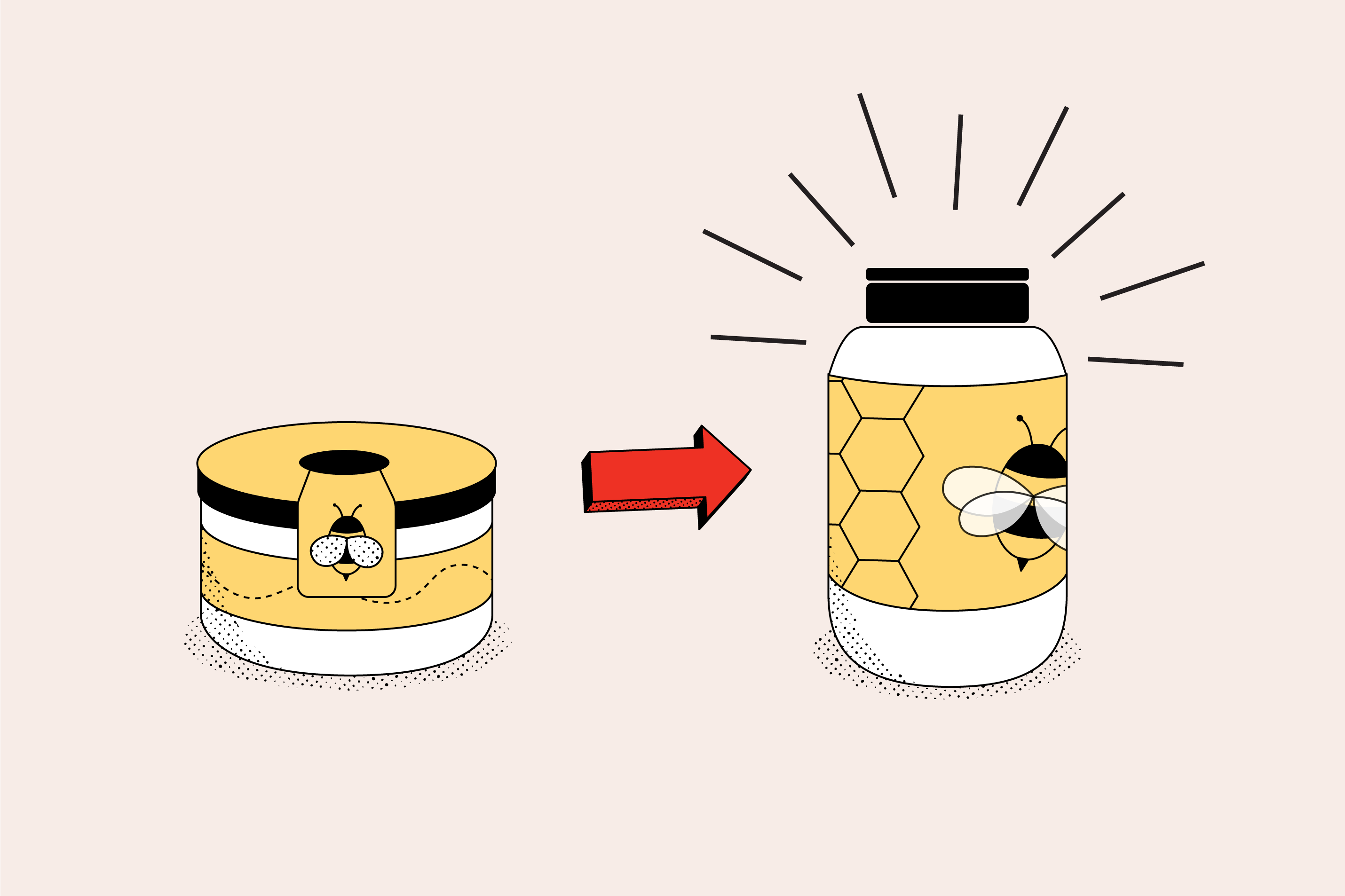
Rebrand when the time is right
Brands are living, breathing entities that can evolve with your business and customers’ needs. As trends come and go and new competitors enter the market, you may want to consider rebranding to update what you’re projecting to the world.
Building a new brand is an exciting opportunity to shape your future and stake your claim in a market. If you need help creating a brand that encapsulates who you are and creatively distinguishes your product or service, fill out our contact form.